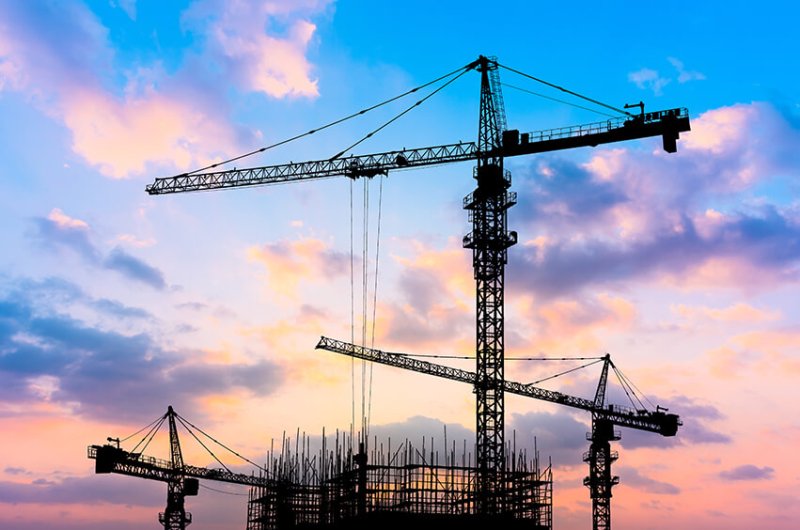Despite the shortage of labor and increasing costs of materials, construction remains a highly competitive industry in today’s market. According to the Associated General Contractors of America, the U.S. alone has more than 680,000 construction employers. Within this enormous industry, how can individual companies set themselves apart?
In order to survive, construction businesses need to embrace change. Most importantly, they need to invest in new technology. As other companies adopt high-tech solutions, their productivity and profitability skyrocket. So stay competitive, your business has to follow suit and invest in new construction technology and data-driven practices.
To stay competitive in this ever-changing industry, construction companies should consider the following improvements:
Start Using Cost Estimating and Management Software

In the construction industry, winning project depends in part on your ability to estimate costs and bid accurately. For precise price projections, contractors can use cost estimating software.
This software uses up-to-date market figures when coming up with price estimates for each material the project will require. Cost estimating software includes a cost per square foot calculator that drastically cuts down the time it takes to assess the expenses associated with large projects. They also take into account the cost of labor.
In comparison to manual cost estimation, using software lets contractors come up with estimation reports faster and with greater detail and accuracy. Because the software uses live data, it accounts for material price fluctuation.
Many contractors also use management software. By streamlining day-to-day operations, management software helps construction companies simultaneously monitor multiple projects. The software allows managers to watch every step of the construction process closely, ultimately helping them complete projects on time.
Focus on Green Construction
Green construction or green building refers to sustainable construction practices that help create resource-efficient structures, minimizing the overall impact of the build on the environment. Methods include eliminating waste, reducing pollution and environmental degradation, using sustainable materials, improving employee productivity, and creating green buildings that protect occupant health.
Apart from environmental benefits, green construction also offers economic incentives to construction companies that adopt such practices. For example:
- Green construction can cut the costs involved in site preparation, building material procurement, and operations.
- Environmentally-friendly buildings tend to have high market values.
- These practices minimize energy costs.
- Prioritizing energy efficiency and resource conservation often attracts new clientele and helps businesses build their reputation.
- Adopting green practices helps businesses set themselves apart from their competition.
How can construction businesses move toward sustainability? They can look into green building standards, certifications, and rating systems that have stricter policies than the mandatory construction codes. For example, the National Green Building Standard and Leadership in Energy and Environmental Design help keep construction companies accountable.
Incorporate Building Information Modeling

If you want to impress customers with unparalleled service, make use of building information modeling, often referred to as BIM. This digital technology allows contractors to represent their building plans in three dimensions. Visualizing blueprints in 3D makes planning and designing easier and more tangible. It also helps contractors make decisions when critical changes need to be made.
With BIM, contractors can present their plans to clients more clearly. With 3D models, clients don’t have to imagine the completed building—they can see it for themselves. By eliminating any surprises, BIM helps guarantee client satisfaction. The models also make communication with architects and engineers simpler.
Invest in Machine Learning
Machine learning, an application of artificial intelligence, can make construction safer and more efficient. By processing data and analyzing it algorithmically, machine learning predicts outcomes, making it easier for contractors to make critical decisions.
For a construction company, machine learning can do the following:
- Improve the quality of designs by suggesting ideas for better utilization of space
- Identify critical risk factors
- Measure the impacts of risks and reduces these risks by using predictive analytics
- Help in assessing the performance of subcontractors by analyzing their past performance and various other factors
Leverage Technology to Move Toward Success
Advancement in technology keeps creating new ways to address challenges while planning, designing, and executing construction projects. If you want to increase your company’s efficiency, reduce costs, and deliver projects on time, it’s important to understand the technology available and adopt the software and devices that fit your business goals. To keep pace with your competition, you’ll need to you need to stay on top of tech trends and opportunities for growth.


